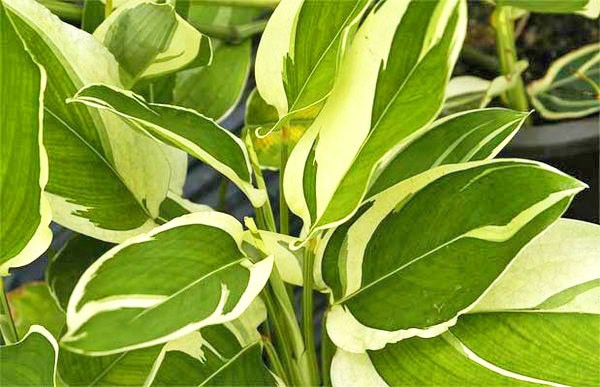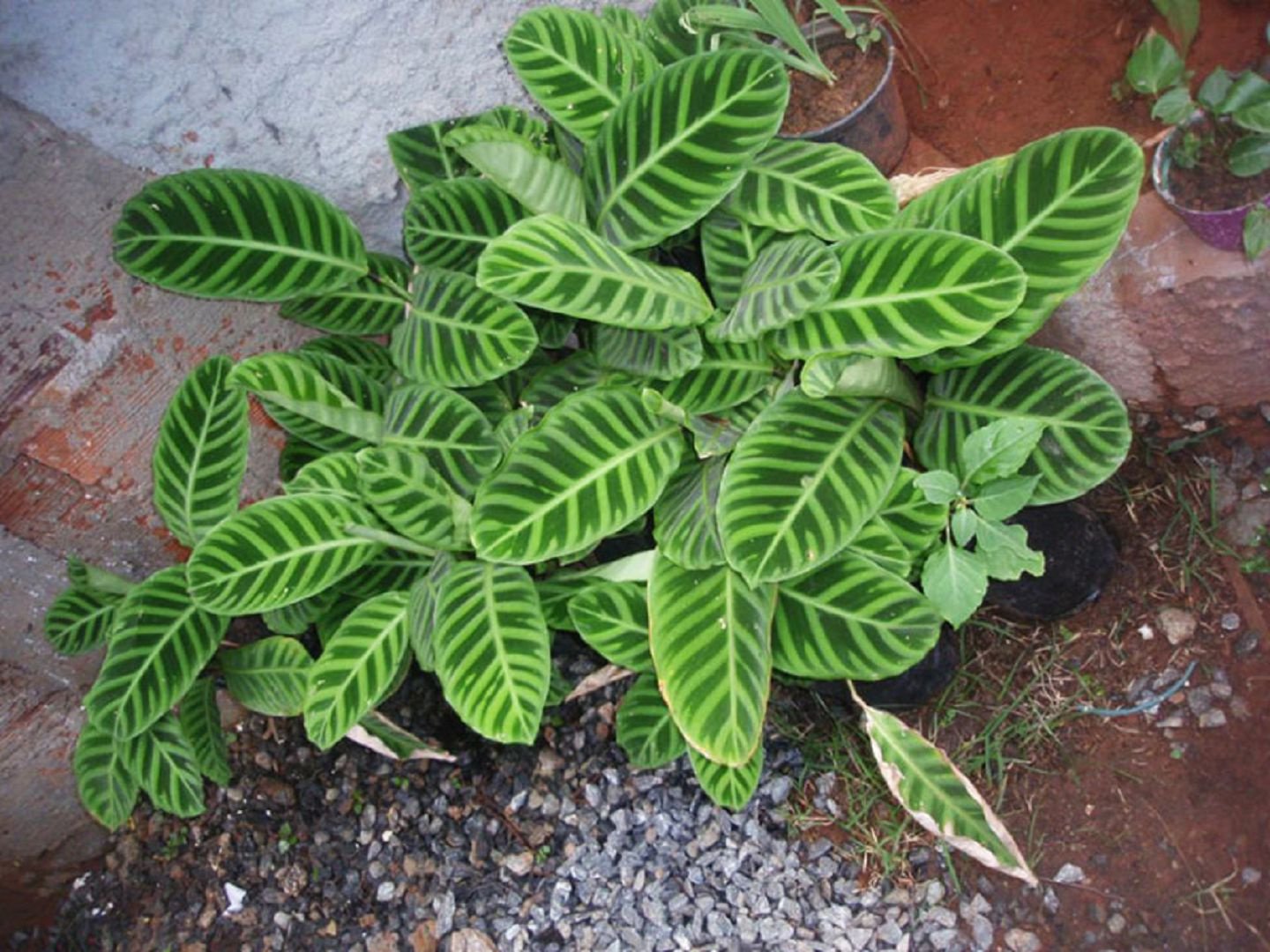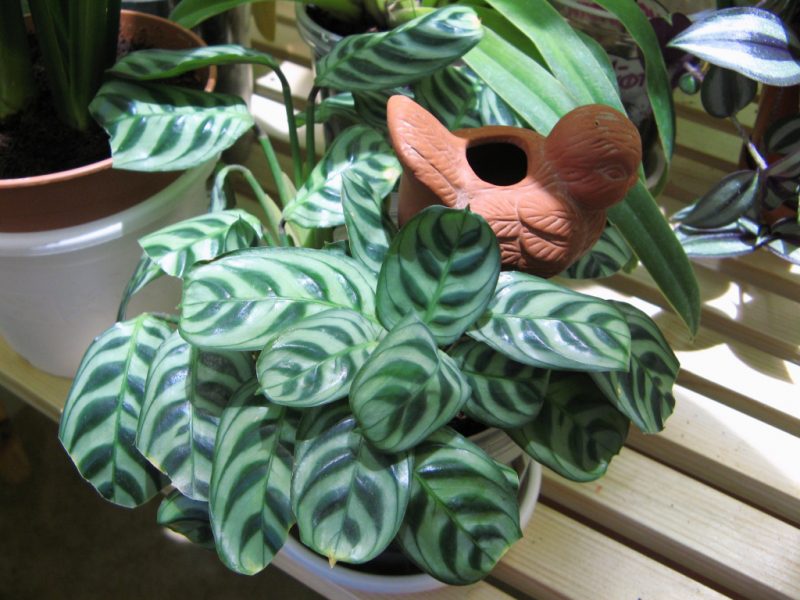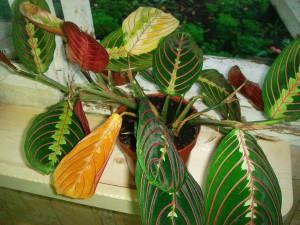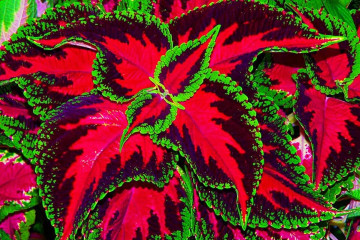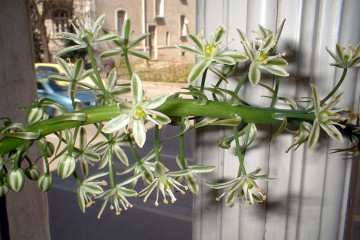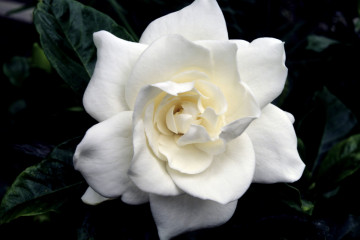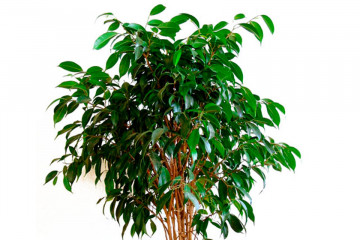Arrowroot is a flower, a houseplant - is it worth keeping at home
Content:
Arrowroot is a decorative flower, the beauty of which is created by unusual leaves. The plant has medicinal properties and is completely safe. Already in ancient times, the Indians used antidotes prepared from the roots of arrowroot.
History of appearance
The plant is named after the medieval botanist Bartomoleo Maranta. French fashion designer Isabelle Marant, whose bright and stylish outfits will allow her to pass a strict dress code, is not a relative of the scientist. He was also known as a doctor, Maranta was engaged in the study of the beneficial properties of plants.
The plant got from America to Europe about 100 years ago. Despite a completely different climate, the flower took root, and new species and varieties were obtained. Scientists found that the plant was discovered in America much earlier than Bartomoleo did. It has been used for starch production 3000 years ago. Now for these purposes reed arrowroot is grown. It is also bred at home. The leaves of the reed arrowroot are ovoid, pointed at the tips.
The appearance of arrowroot
Arrowroot is a plant belonging to the Arrow family. His homeland is the forests and swamps of America. Home-grown arrowroot leaves have different shapes. They can be oval with rounded ends or elongated lanceolate when the tip is noticeably pointed. Their color is green, a pattern is applied to the surface. The arrowroot plant attracts attention with small flowers collected in spikelets.
Blooming arrowroot
Arrowroot bloom is characterized as abundant. At the same time, this is not reflected in the appearance of the plant. The flowers are small, like bells, their petals differ in size: two large and three small. They can be light, yellow, lilac, some have blotches of other shades. Flowering continues throughout the summer. It does not always happen at home.
Common varieties
There are 25 types of plants that differ in the shape of the leaves, their shade and features of the pattern. Arrowroot blooms like all decorative deciduous representatives of the flora. The dormant period has almost no effect on her attractiveness. Small flowers of delicate shades are lost against the background of unusual leaves.
Tricolor or Tricolor
Arrowroot tricolor is an unpretentious perennial plant. Its green leaves are oval, about 12 centimeters long. Bright red-violet streaks are clearly visible on them. Thanks to them, the tricolor arrowroot is called red-streaked or Fascinator. On the other hand, the leaves are velvety. They also have streaks, but already pink, they themselves are red. There are light spots along the central part of the arrowroot leaf Fascinator, they are usually green and yellow. The flowers of the plant are small, purple, and consist of five petals, differing in size.
During the day, the leaves are in a horizontal position, in the evening they rise vertically, awakening from "hibernation".Therefore the arrowroot Tricolor is known as a prayer tree. His description appears in many signs.
Bicolor
Bicolor arrowroot is much less common. It is distinguished by the absence of a root system. The plant looks compact and neat. Its leaves are small, ovoid, the edges are smoothly rounded. They are deep green in color with lighter stripes along the veins. The reverse side of the leaf is purple. The flowers are inconspicuous, white with lilac dots.
Massange
Massange is known as black arrowroot. Its leaves are dark green, appear black, the veins and the central stripe are silvery. At home, a plant is rarely bred because of its capriciousness when compared with other species.
Kerhoveana
Kerhoven's arrowroot leaves are oval, with noticeable silvery stripes, along which dark, almost black spots are located. The reverse side is characterized by a bluish tint. The leaves themselves are arranged on short petioles. Kerhoveana arrowroot flowers are small, white. The leaves are 15 centimeters long.
Kerhovena, Massange and Tricolor are the most popular representatives of the maranta leuconeura.
Home care
Arrowroot indoor plants do not require painstaking care. It is enough to follow simple rules for the flower to grow healthy.
Temperature
Arrowroot is native to the rainforests of America, so it is comfortable in the warmth. In summer, it is better to keep at a temperature of 22-25 degrees.
Illumination
The arrowroot flower does not like direct sunlight. Bright rays can be fatal. Even during a short daylight hours, the plant is not recommended to be placed on the windowsill. In summer, the most comfortable place for him is in the back of the room. In winter, it can be moved closer to the window.
Watering
Watering is recommended with water at room temperature. In this case, you need to defend it for at least a day. You can use boiled water or rainwater. In summer, arrowroot requires abundant watering. In winter, the amount of liquid required by the plant decreases: one watering every 3-4 days is enough. If the room temperature is below average, you can alternate moistening the soil with spraying the leaves.
Spraying
The flower must be sprayed in summer and winter. In the cold season, the issue remains relevant due to the operation of central heating. It creates dry air in which the plant does not feel well.
Humidity
Moisture is important for the well-being of arrowroot. The plant loves spraying, but this is not enough, especially in the heat.
To create the necessary conditions, it is recommended:
- spray neighboring flowers if the procedure does not harm them;
- use air humidifiers;
- put the pot on a container with damp pebbles or expanded clay.
Instead of drainage materials, it is allowed to use moss.
It is recommended to arrange a warm shower for the plant. It will help get rid of dust accumulated on the leaves, create the necessary moisture.
Priming
The arrowroot soil prefers slightly acidic. You can buy a ready-made composition for ornamental deciduous plants or prepare the soil yourself. This requires the following components:
- Leafy land - 3 parts. It can be replaced with a garden one;
- Peat - 1.5 parts;
- Sand - 1 part. I often use perlite instead;
- Coniferous land - 1 part.
Ash can be added in small quantities (0.3 parts).Sometimes a dry mullein is used in the amount of 1 part.
Top dressing
It is recommended to feed arrowroot with the arrival of spring until late autumn. In this case, mineral and organic fertilizers are used. Different types of dressings alternate every two weeks. It is important to follow the instructions, as over-fertilization can do much more harm.
Pruning
Pruning is essential for the plant to maintain a healthy appearance and get rid of dried stems and leaves. They must be removed as they appear. This will help preserve the strength of the flower and direct it to the growth of new stems and branches.
Crown formation is recommended to be carried out once a year. At the same time, long branches and stems are cut off. About three internodes should be left in the pot, just like on cuttings. This is the section of the stem between the growth points where the leaves emerge.
Transfer
Arrowroot is usually transplanted after purchase, when the plant becomes a little familiar and gets used to changing conditions. It is enough to withstand two weeks. A flower pot needs a wide, small root system. Drainage is laid at the bottom of it. Can be used:
- pebbles;
- expanded clay;
- clay shards;
- broken red brick.
The plant is taken out of the old pot, pre-watered a day so as not to injure the roots. The earth lump is not destroyed, but the arrowroot is immediately placed in a container. Top up with soil until there are empty spaces to the walls of the pot. After that, the plant is transplanted no more than once every two years.
Reproduction of arrowroot
Arrowroot is propagated at home by cuttings and dividing the bush. Both methods are easy to use and require care. You can also purchase plant seeds.
Germinating seeds
Seeds need to start germinating in the spring. To do this, you need to take a container with soil. The simplest composition is sand, peat and deciduous soil. The soil is disinfected and moistened. After that, you need to make small holes in it and plant seeds. Sprinkle with soil on top. Plants appear in 1-2 weeks. Watering must be done carefully so that the seeds do not float to the surface. At first, you can spray the soil. When 3 leaves appear on the shoot, you can transplant it into a separate pot and care for it like an adult plant.
Rooting cuttings
Propagation by cuttings is recommended in May-June. Shoots are cut so that at least 3 leaves are preserved on them. To do this, you need to use a sterile sharp instrument. The stalk is dipped into a container with liquid, which needs to be changed periodically. The roots appear in a month and a half. After that, the young plant is planted in the ground.
Air layering
Reproduction by air layers is a natural way. On some parts of the plant, new shoots can be found. When roots appear on them, you need to carefully cut them and transplant them into a pot with soil. It must contain peat.
Dividing the bush
Reproduction by dividing the bush is the easiest way, it is he who is most often used. To do this, you need to divide the plant into parts. A day before the planned procedure, the flower is watered abundantly in order to painlessly remove it from the pot. After that, the roots are cleaned from the earthen coma and carefully cut with a sterile knife.
Young plants are placed in prepared moist soil. Greenhouses are often used, covering the planted flowers with foil. After new leaves appear, the plant no longer needs greenhouse heat.
Growing problems
Problems when growing a plant arise when the rules for care are not followed. Most often this is due to watering and lighting.
Drops the leaves
If the plant sheds leaves, it is most likely lacking liquid. It is necessary to moisten the soil in the pot and spray it. If the ground is very dry, it is recommended to arrange a shower plant. In addition, lack of watering and low humidity lead to the appearance of parasites. The most common are:
- shield;
- thrips;
- spider mite.
To get rid of insects, it is recommended to treat the leaves with soapy water, then send the plant to the shower. You can repeat the procedure if necessary.
Before the leaves fall off, they will begin to turn yellow. The process captures the tips, gradually spreading over the entire surface. This usually indicates the wrong temperature in the room: it is too cold for the plant, or it suffers from constant drafts.
Leaves turn pale and curl
When the leaves of the plant turn pale, the pattern on them loses clarity, you need to reconsider the location of the flower. Perhaps he suffers from direct sunlight, and needs to be moved to partial shade.
Twisting is also the result of infection with fungal diseases. In this case, brown spots appear on the leaves. Special drugs will help get rid of them. Similar symptoms appear if the plant has received too much potassium-containing fertilizer.
The tips of the leaves dry
When the tips of the leaves begin to dry, this indicates waterlogged soil in the pot or bright light. Excessive watering leads to stagnation of liquid at the roots, which is fraught with rotting. Therefore, before moistening, you need to check whether the earth is dry. It also helps to get rid of stagnant water drainage at the bottom of the container with a flower. The tips of the leaves should be trimmed for the healthy part. Treat injured areas with a weak solution of potassium permanganate. Before this, it is better to transplant the plant into a new pot, ridding it of the affected roots.
Arrowroot is an unpretentious houseplant. Care and attention will keep it blooming and healthy. High humidity and heat will protect the plant from diseases, its leaves will remain bright and beautiful.
